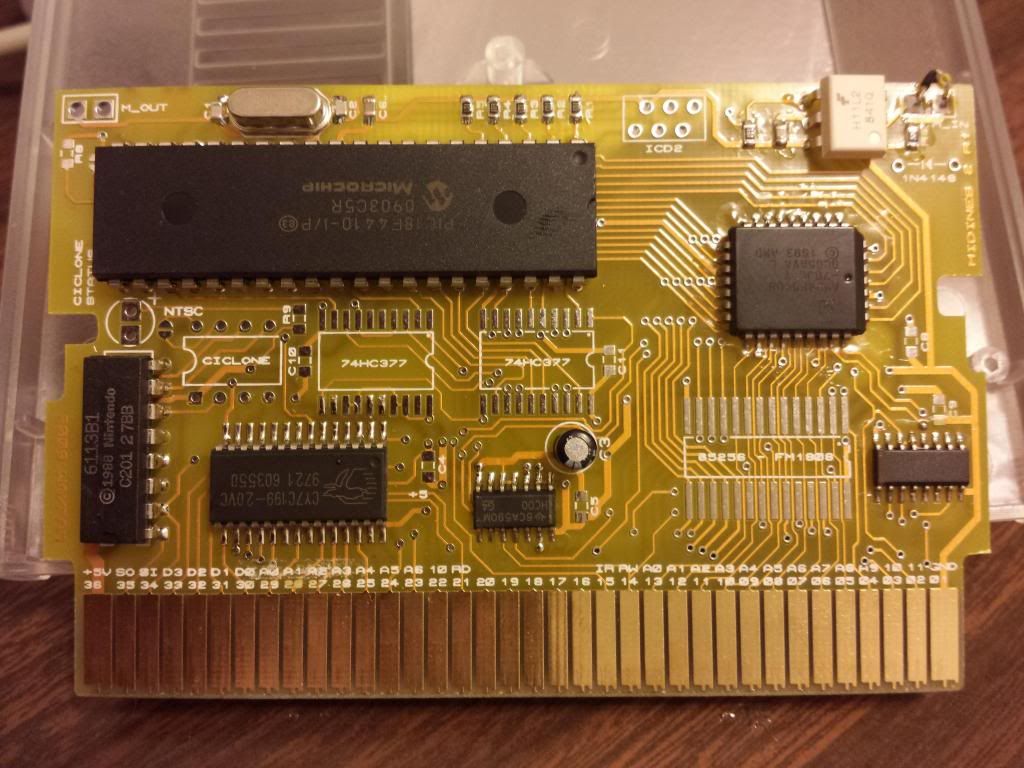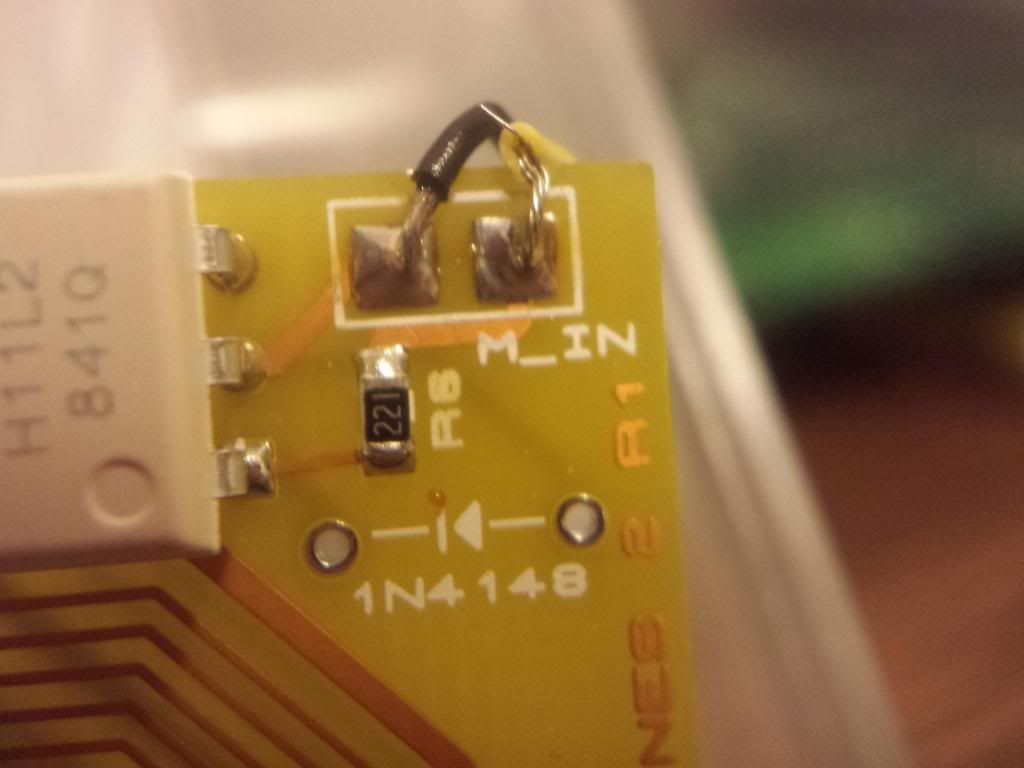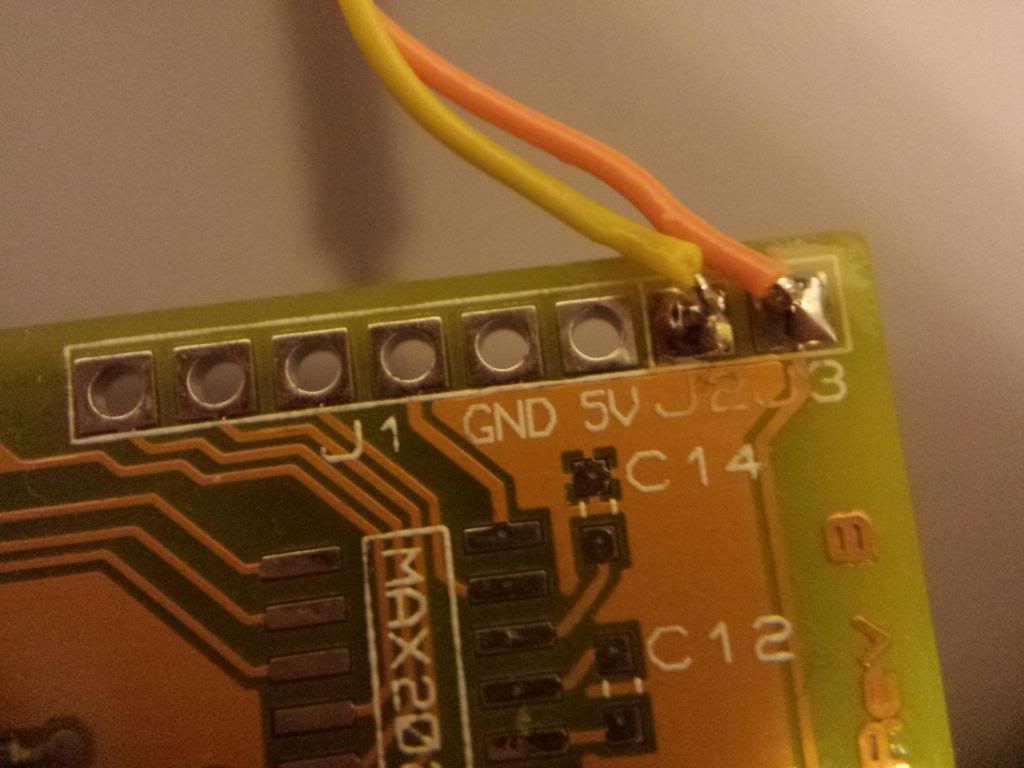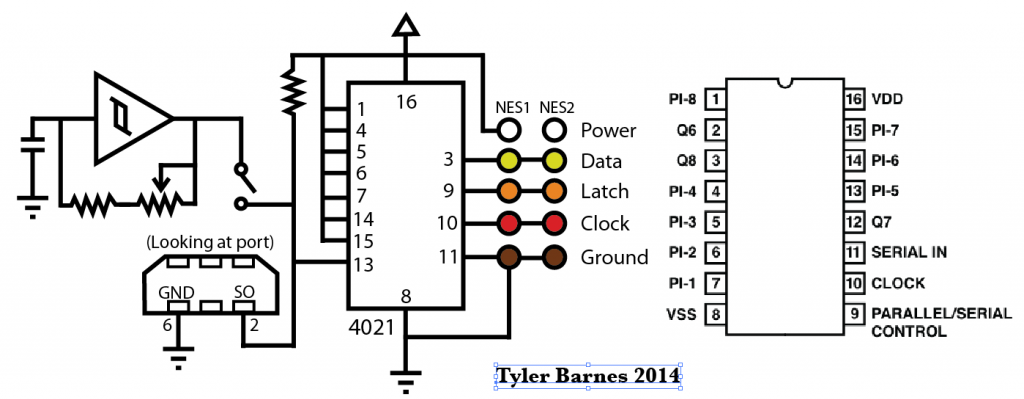untilzero wrote:I did open up the cart too, noticing that only two of the MIDI cable wires are actually connected to the board (neither is ground/shield either). Curious, because on wayfar the only real 'solution' addressing this issue is a 'grounding issue / bad ac adaptor' or something. I'm not an engineer, but it did make me wonder why then the MIDI ground wasn't connected to the clearly labelled ground on the MIDINES pcb in the cart...
The midi cable is isolated from the circuit using an optoisolator. Only the pins 4 and 5 are required. grounding it might have undesired results.
also what did your pcb look like? I have two different revisions of the midines and my earlier one is far better at recovering from sticky notes than the later revision.
Does it look like this...


or like this.....


The second one, labeled "Squeedo the flash cart", is the older version and the easiest to work with, at least in MY experience. The good thing about this cart is that when I hit the soft reset on the NES, all of the volume, duty cycle, and other such CC will will remain intact. this means when I get a stuck note I quickly hit reset without stopping the midi sequence, and the note gets back on track. All the volume and CC stuff is remembered by the NES. The later version, labeled "Midines 2 R1", on the other hand, does not do this. it will forget all that info and on top of that it wont even fix the stuck notes as described above.
Considering you said that you'd seen a actual GND connection on the PCB, I'm assuming you have the Squeedo version. This, I believe, is good news for you. Try tapping the reset whenever you stick a note. It'll interrupt sound for a second but it can be somewhat covered up with like a Kaoss pad loop effect during the reset or tapping it in time with the beat.





